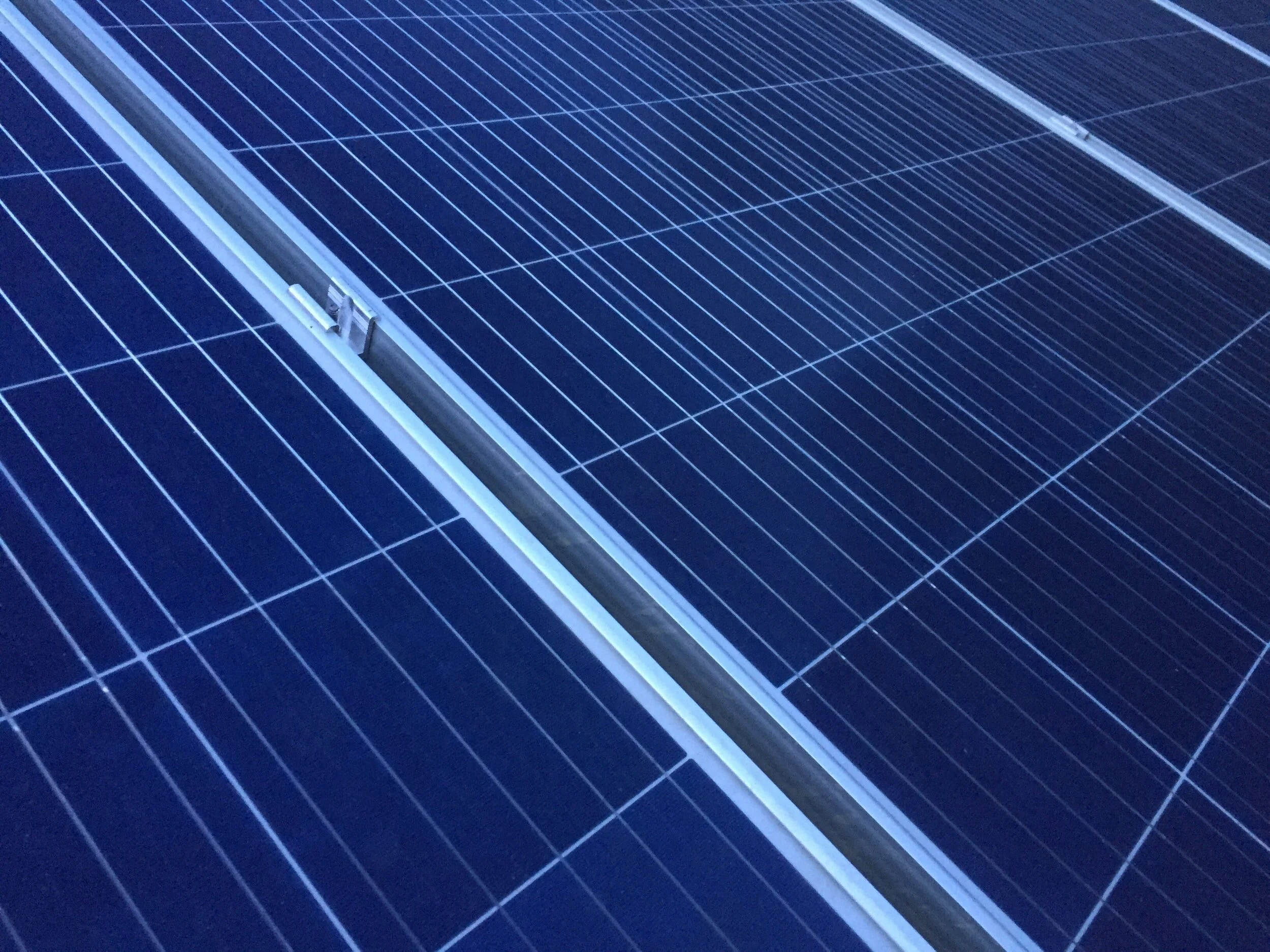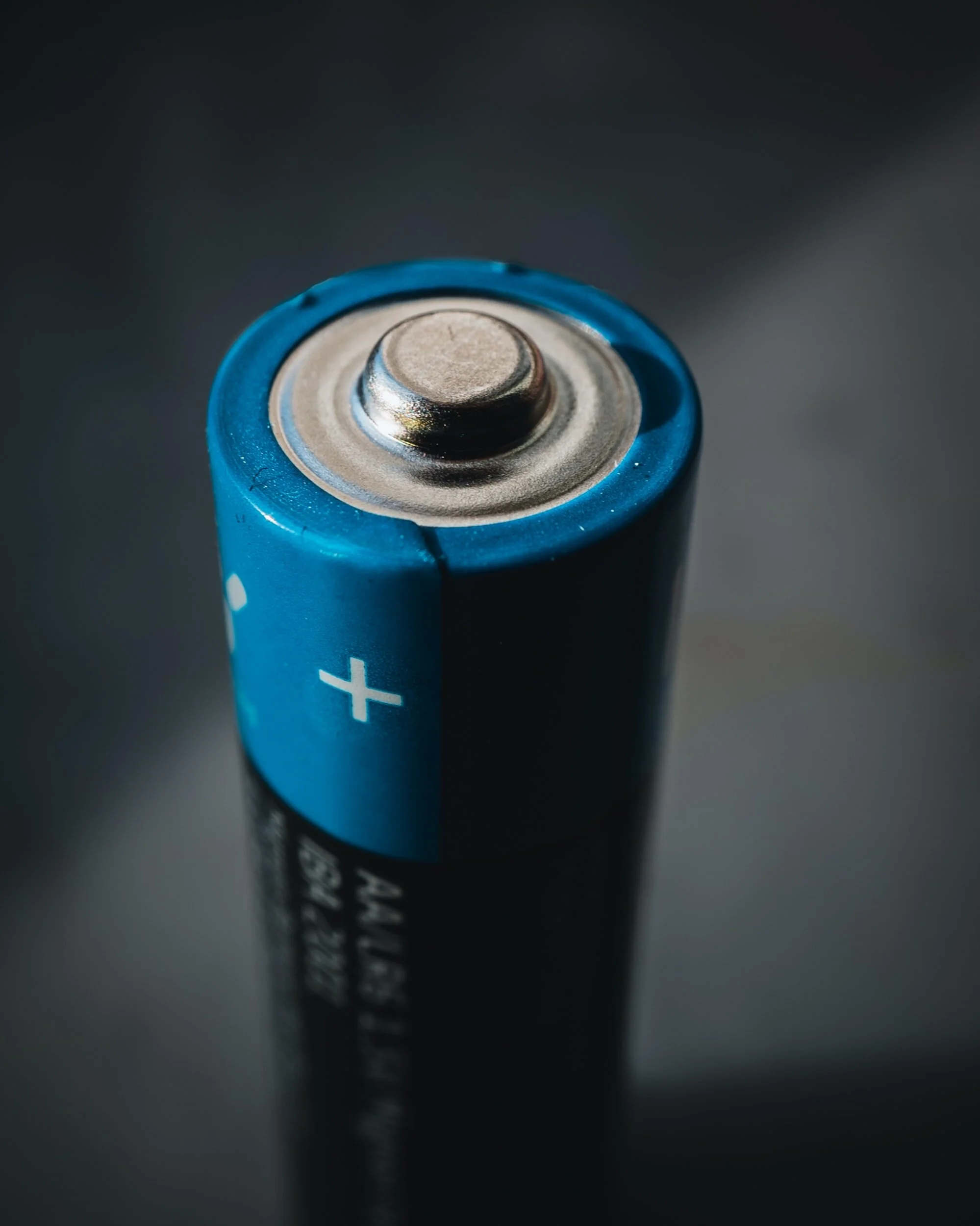Solar Energy & Sustainability with Aquaponics
In the last two decades sustainable development in different spheres of life has stolen the limelight around the globe. Relative to this, it is important to have a look at the relationship between energy and sustainable development in today’s world. There are different sources of energy, which include wood, water, and fossil fuels and nuclear energy. The use of coal, wood, nuclear and fossil fuels lead to the contamination of the environment and from an eco-physics perspective; these environmental pollutants are not minimally acceptable.
In modern civilization, consumption of energy has risen to alarming levels. This accelerated consumption is fueled by the rampant increase in population and the subsequent consumption per capita. Compounded by the growth of industries, the world faces a problem where the quality of the environment diminishes day by day.
Experts have projected that should the trend continue of using fossil fuels, coal, or nuclear energy, essential energy reservoirs would be exploited to dangerous levels. In addition, the effects of the non-renewable energy would be felt across generations to come. Ensuring that the environment is conserved while expanding our energy consumption should and needs to be the primary motivation in the coming years. The effects of the contamination and pollution of the environment have meant that governments across the world shift focus on decreasing the amount of greenhouse gases released to the atmosphere.
Solar Energy and Sustainability
One of the ways to approach such a commitment is using solar energy, whose radiation is freely available and more accessible to many across the world. Solar energy is clean, cannot be exhausted, and is easily convertible to other forms of energy, that is, electric, chemical, mechanical, etc.
In sub-Saharan Africa for instance, the energy challenge is at a critical level with about 78% of the population using biomass for cooking purposes. The use of this source of energy comes with its own obvious health risks. Majority of them are concentrated in rural areas where the conventional grids do not have access to. While there is a long way to, sustainable, and inclusive energy systems with the view of changing economies and livelihoods.
Solar energy has the capacity to meet the global energy demands for household and industrial purposes. The glaring question is; why have we not completely adopted solar as an alternative to the use of non-renewable sources?
Some people argue that the switching costs and the costs of generating energy are higher than using fossil fuels. Such an argument is one of the reasons the adoption of solar as a source of energy has taken a longer time. However, the reasons lie deeper than that, with governments aiming to protect revenue, economies, and other related aspects.
The use of solar energy has everything to do with sustainability of the environment, of natural resources and at the same time, meeting the global demand, which increases every day. According to the Intergovernmental Panel on Climate Change, the global carbon emissions have to be reduced by 45% by 2030 to avoid severe climatic conditions. This means that the use of coal, fossil fuel, and nuclear energy is not sustainable in the long term, without posing a threat to human health. Sustainability in this case can therefore be achieved by reducing significantly the use of these carbon-rich energy sources and turning to renewable sources, which are environment friendly.
Sustainability in the environment would see an improvement in the quality of air, quality of water, quality of soil, improved plant life and increased yields, reduced carbon emissions, improved animal habitat as well as reduced hazardous waste in the environment. Sustainability can also take the form of making adjustments to individual life and reappraising economic structures to fit the new changes resulting from the adoption of sustainable energy sources. Each country has the responsibility to ensure that it commits to the global agenda of adopting green energy, or the renewable sources of energy. The end result of these efforts will be environmental sustainability, where future generations have equal resources as the current generation to live an equal, or even better life.
The Pros and Cons of Solar Energy
For one to be able to use solar power, acquiring the necessary equipment for the conversion of sunlight to solar power is important. There are various advantages and disadvantages of solar energy that any person or institution aiming to use solar power ought to be aware of for better understanding. One of the advantages is that it is a renewable source of energy. Solar power comes from the sun and can be used or harvested at any given time. Much of it can be harvested to meet the needs and when the storage is depleted, the process of harvesting begins again. Another advantage is that solar is a cheaper source of energy compared to other sources.
The sun is readily available anywhere around the world, and the only investment needed is buying and installing solar panels paired with batteries for storage. The maintenance of these panels is low, and thus, the overall costs incurred in harvesting and storing solar energy are low. In addition, solar provides users with independence as no one can claim ownership or rights to the sun. Unlike in industries that deal with non-renewable sources where monopolization is highly likely, the sun has no restrictions and can never be monopolized.
Another main advantage or benefit of using solar energy is that it helps in saving a lot of money. The use of solar power means that there are fewer utilities compared to when using electricity from coal, or nuclear power. In addition, the electricity bills become lower and in some cases none-existent, saving the end users a lot of money, to be invested elsewhere. It is also worth noting that since the sun is available everywhere, remote areas that have for a long time been alienated from the non-renewable sources have access to cheap electricity.
Further to the advantages, solar energy helps in slowing climate change and its subsequent impacts. In recent years, climate change, which occurs because of the harmful greenhouse gases in the atmosphere has dramatically contributed to catastrophic weather events, such as flooding, cyclones, storms, extreme heat, and drought. Therefore, generating energy from sunlight helps reduce the use and reliance on fossil fuels, thus reducing the amount of harmful gases in the atmosphere. When solar energy powers both residential and industrial activities, there are fewer emissions during energy production, thus, lessening the impact of climate change.
While the advantages could cloud any shortcomings, the users of solar energy could experience different disadvantages. Among them is that even though the costs are not recurring as electricity bills, the cost of installation could be higher for large establishments. In addition, solar cannot be generated at night due to the lack of sunrays. This is why in most instillations half of the installed panels are being used while the other charge the battery storage for night. There is also a significant reduction of energy during the cold seasons when sunlight is limited. For the output to be maximized, the panels have to be inclined to the sun to harvest as much energy as possible.
Solar Windows
One of the most efficient ways of harvesting more energy from the sun is the use of Solar Windows. These solar windows make it possible for buildings to convert solar energy into free electricity. They have inbuilt solar panels with photovoltaic glazing which enable the conversion of solar into electricity. Instead of being installed like the other solar panels, the solar window technology is normally integrated within the building. Such helps the owners of the building to have sufficient supply of renewable energy.
During the day when there is sunlight, the light passes through the windows hence converting the energy into electricity. One of the advantages of using solar windows is that any excess electricity generated is delivered to the national grid or stored in batteries for future use. Apart from this advantage over solar panels, solar windows are also beneficial in other aspects. During summer time, some buildings tend to get hot due to the sunlight passing through the windows. These solar windows play a huge role in reducing indoor temperatures.
In addition, the dangerous rays of the sun have the capability to damage furniture and other properties. In protecting such property, solar windows are equipped to block ultraviolet radiation, preventing impacts like fading. Solar windows also enhance privacy in buildings, as it is difficult to see through them. In the quest to reduce the costs of energy production, solar windows are cheaper compared to solar panels, due to their low costs of installation. Reduced costs notwithstanding, it is unlikely that solar windows will cover as much area as solar panels would cover.
Aquaponics
While too much focus has been on energy production for household and industrial use, there has been less focus on how solar energy could be used in agriculture. Aquaponics, which refers to the combined growing of fish and other water animals as well as growing plants in conjunction with fish to create an ecosystem. Heat and light are the soul of aquaponics as the circuit is set up either in a greenhouse or an open space equipped with solar and photovoltaic systems.
The use of modern solar technology can sustain the pumps, UV filters, and lighting while being friendly to the environment. Zunsols’ aquaponic greenhouse makes it possible for vegetables, and fish to be produced at the same time through the use of solar energy. The advantage of using solar energy is that the vegetables and the fish produce are of high quality, while maintaining an almost negative carbon footprint in the atmosphere (initial installation due to today’s equipment).
Controlled environment agriculture, which epitomizes this form of farming, is characterized by grow lights and heating the tanks for the fish. The grow lights require a converter for the purpose of full spectrum lighting, helping the plants grow healthy. In the case of the heating system helps in distributing the heat to the water across the tank. Such equipment enables for the quick produce of fresh produce, which is critical to having a healthy diet.
The use of solar energy also eliminates the use of synthetic fertilizers or pesticides, which contribute a significant margin of carbon footprint in the atmosphere. The long term aims of incorporating the use of renewable sources of energy is to have a sustainable approach in agriculture, while contributing to the change that the world needs with regard to it’s ever increasing energy requirements and climate change. While it helps in cutting down costs and improving the quality of vegetables and fish produced, cutting down the greenhouse gasses emitted improves the quality of the environment, reducing the menacing impacts of climate change.
In a nutshell, the use of non-renewable sources has contributed significantly to the worsening of the climate. As the climate change got worse, more catastrophic events have been witnessed, ranging from floods, drought, and famine. Just look at Texas, in another 10 years this could be the whole southern half of the US. Much of this change has been contributed by the emission of carbon into the atmosphere. As scientists noted, the continued climate change ought to be asserted, through commitment replacing non-renewable sources for renewable sources (innovation). The use of these non-renewable sources means that it is no longer unavoidable and the use of sources like coal, nuclear energy, and fossil fuels need to be less reliant.
Turning to renewable sources is the only way forward. Solar energy is readily available across the world. Its benefits outweigh the shortcomings and human beings stand to only gain by using solar energy. The use of solar energy ought to be used in all aspects of human life, from food production to agriculture. With scientists predicting that climate change would get worse by 2030, efforts should be channeled towards migrating from non-renewable sources to renewable sources of energy.
Such commitment will help in changing the direction of the world, to give hope to generations to come. Moving contrary to such commitment of renewable sources of energy jeopardizes the environment and other natural resources, subjecting human life to hopelessness, as the impacts of climate change continue to be felt across the aboard. In the words of Jacque Fresco,
“Every action and decision we take or don't ripples into the future. For the first time we have the capability, the technology, and the knowledge to direct these ripples”, it is on us as a species, as Neighbors, Brothers/Sisters and Parents to decide what that future brings.





